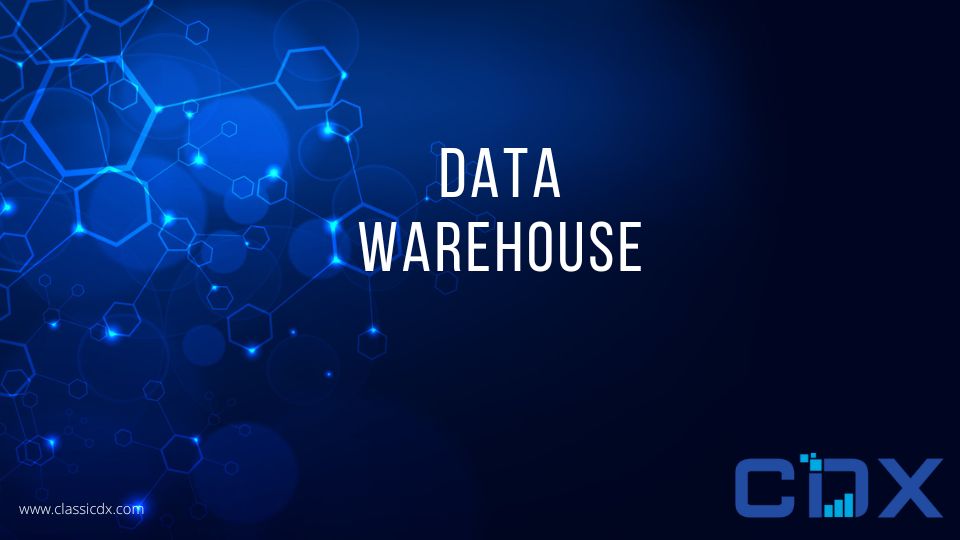Master Data Management in the Data Warehouse

A data warehouse is integral to an organization’s decision-making infrastructure. To support strategic and operational decision-making, a data warehouse stores and provides access to data. Maintaining master data in a data warehouse requires structural change and validation to the working of the data warehouse.. By using Master Data Management, you can ensure that the data in the data warehouse is accurate, consistent, and complete.
Data warehouse and master data management go hand in hand, regardless of whether they are implemented together or separately. The purpose of this blog is to provide information on how to implement a master data management solution. Business data warehouses are essential tools for transforming unstructured and heterogeneous data into consistent, structured information that can be used for analysis and reporting on a regular basis. In spite of the advantages offered by data warehouses, adopting and implementing them can be challenging,
Master Data
The master data of an organization defines its business entities and its core data. Customer information, product information, supplier information, and financial data are all included in this category. This master data can be stored in a central repository, and then used to populate different operating systems and databases in a well-run organization. With MDM, enterprise data can be viewed from a single, 360-degree perspective. Data cleansing, standardization, and enrichment can improve data quality. In addition to reducing costs, it can also eliminate duplicate data and reduce manual processes.
Data Warehouse
Analytics and data management relies heavily on data warehouses. They bring together data from disparate sources into a central repository, making it easier to catalog and query. Data warehouses also serve as a foundation for data lakes and data analytics solutions. There are many sources of information that can be used to populate a data warehouse. Operational data stores, data marts, and external data sources can all be used to provide data for the warehouse. However, the most important source of data for the warehouse is the master data store. The master data store contains the most up-to-date and accurate information about the business entities that are being tracked in the warehouse.
Implementing Master Data Management In Data Warehouse
The implementation of Master Data Management solutions can disrupt business operations. Integration of the Master Data Management solution with the data warehouse or data lakecan minimize this disruption. The data can be managed centrally and accessed by all users in this way. Integration of a Master Data Management solution into a data warehouse, however, poses some challenges. The purpose of data warehouses is to collect and store data from disparate sources, such as business applications and excel sheets. In terms of their area of work, this business application may share and overlap the same data or domain. Applications use the same master data, which may come from the same or a different source. All of these applications push data to the data warehouse, so all data, including master data, can be stored there. In order to effectively use the master data management solution, it needs to be integrated into the data warehouse or in data lake . However, the master data in the data warehouse is not usable by the business since it is too numerous, redundant, and available in different formats. Hence, a data lake is consolidated into a destination system for use as reference data for or master data management by using ETL. In this process, duplicates are removed, inconsistencies are resolved, the data is made understandable and interpretable, and it can then be linked to company reference data.
Organizations have to check their entire data landscape to see which systems on-premises or on the cloud have fragments of business mission-critical data, the type of that data, and its quality. Cloud-based data warehouses such as Snowflake, AWS Redshift, or Azure synapse support store integrated data storage in a data lake along with master data management systems. Finally, Master Data Management solutions look at the delivery of trusted, relevant, and secured master data from the central repository to the right applications. Ultimately, this helps businesses make data-driven decisions and perform analytics
info@classicdx.com
www.classicdx.com
